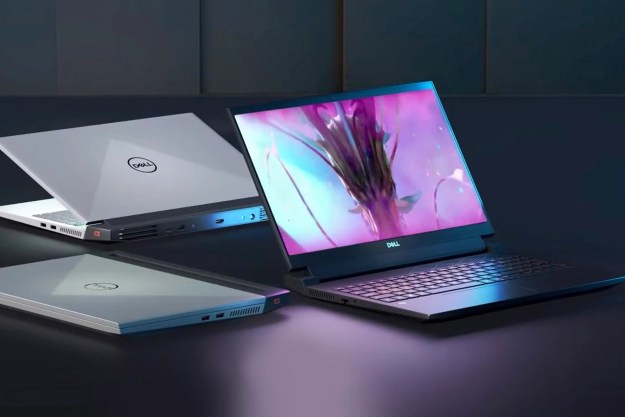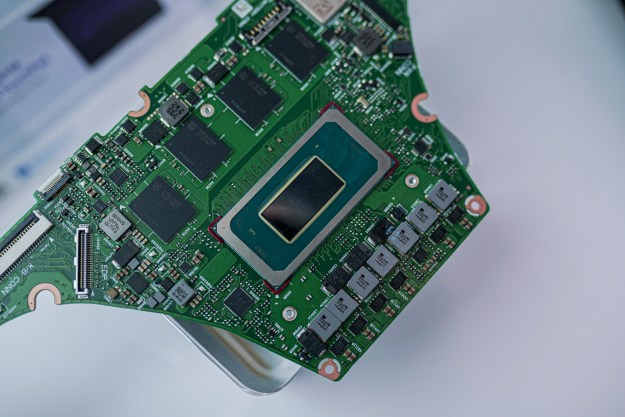
The question about where cloud-based data is physically located stems from a recent survey conducted by UKFast. The company surveyed IT “decision makers” within more than 300 EU businesses to find out if they knew where their data was stored on a geographical level. Unsurprisingly, 47-percent of these individuals had no clue regarding the whereabouts of this data.
“There’s so much to think about when trusting someone with your data that after the obvious security/SLA-type checks, you just want to hand it to a trusted hosting provider and hope that that’s the end of the hassle,” writes Katherine Kelly in a blog. “Where they keep your data seems fairly irrelevant because with the rise of digital, the world is small enough for it not to matter whether your data’s in Taunton or Timbuktu, right? Wrong, I’m afraid.”
The data awareness arrives as the General Data Protection Regulation (GDPR) was adopted by the European Union last week to beef up and unify data protection. Essentially, people will have total control over their data while regulating international business will be a more unified process inside the European Union. The GDPR will replace Directive 95/46/EC, which was established way back in 1995.
GDPR will begin affecting all companies residing within the European Union starting in 2018. According to Kelly, this move will bring not only more regulations over data, but “harsh penalties” to companies that are noncompliant. Knowing where customer data is physically located will need to be a top priority for all companies in the UK. Even if businesses choose to leave the European Union, the GDPR will still meddle in their affairs, Kelly adds.
The European Union is also gearing up to adopt the Privacy Shield framework, a “political agreement” with the United States that protects the rights of Europeans as their data is transferred and stored in the States. Thus, U.S.-based companies will have a larger obligation to protect European data, and the U.S. Federal Trade Commission and Department of Commerce will be required to provide stronger enforcement and monitoring of European rights relating to their data.
As for UKFast, it’s a Manchester-based Internet provider that was founded in 1999 after CEO Lawrence Jones endured an unpleasant experience when dealing with another provider’s customer service. UKFast is reportedly the UK’s biggest privately owned business serving up colocations services, cloud hosting, and managed hosting. That said, Kelly conveniently adds in the blog that customer data is stored at data centers located within the U.K.
Here in the States, Google isn’t shy about where its data centers are located. In the Americas, there are nine locations spread out across the content spanning from Lenoir, North Carolina to The Dalles, Oregon. There are also two located in Asia and four planted in Europe. Microsoft doesn’t make its list of data centers as easily available as Google, but does state that there are more than 100 located globally in such places as San Antonio, Texas; Chicago; Australia; Brazil; China and Japan.
That all said, when we send our documents, videos, pictures, and music into the cloud, we really don’t think twice about where all that data will be housed and how it will be protected. We generally just place our entire trust into these companies, thinking that our data is at our fingertips and won’t fall into the wrong hands. Overall, that may or may not be a good thing.


